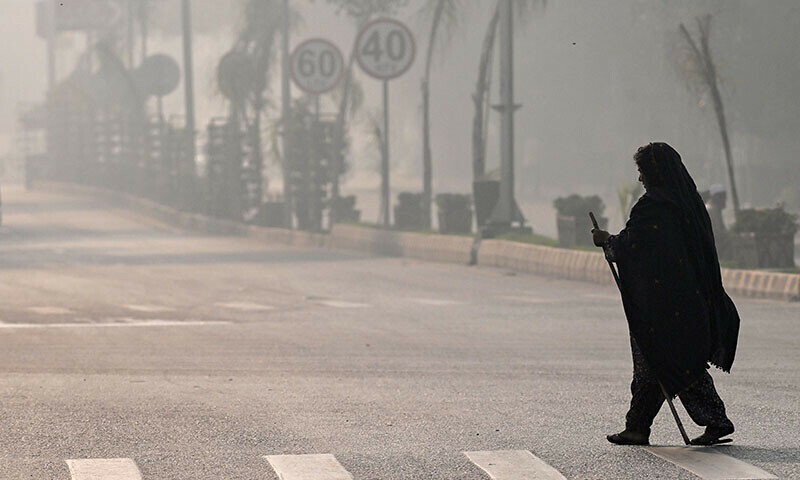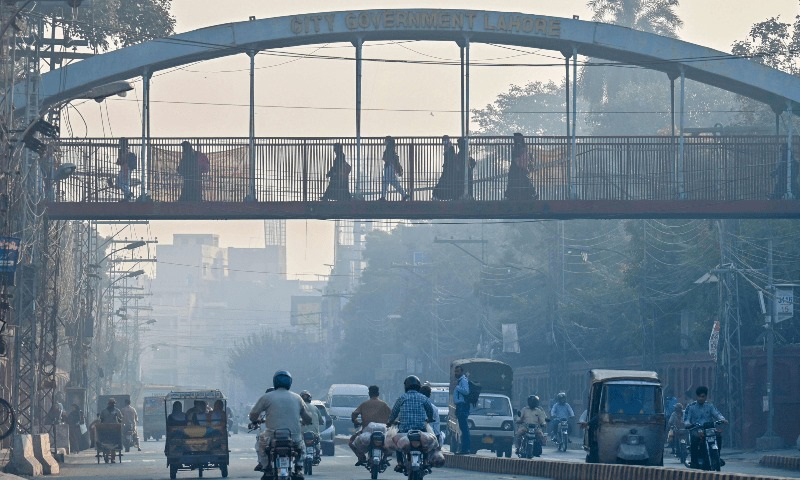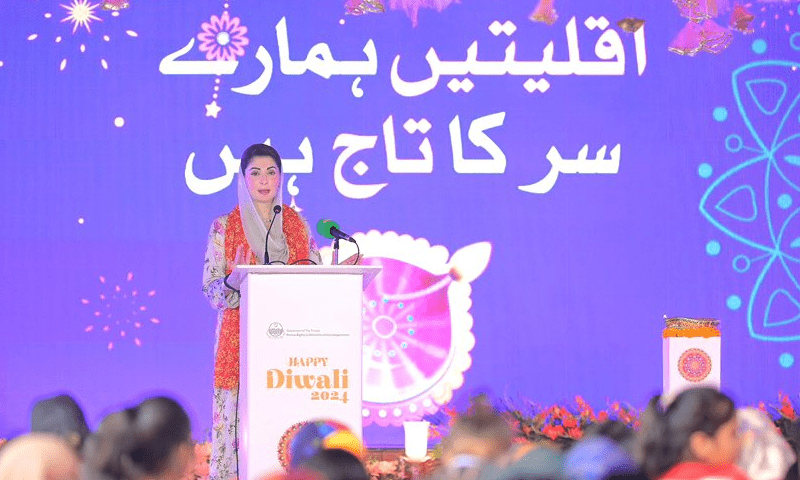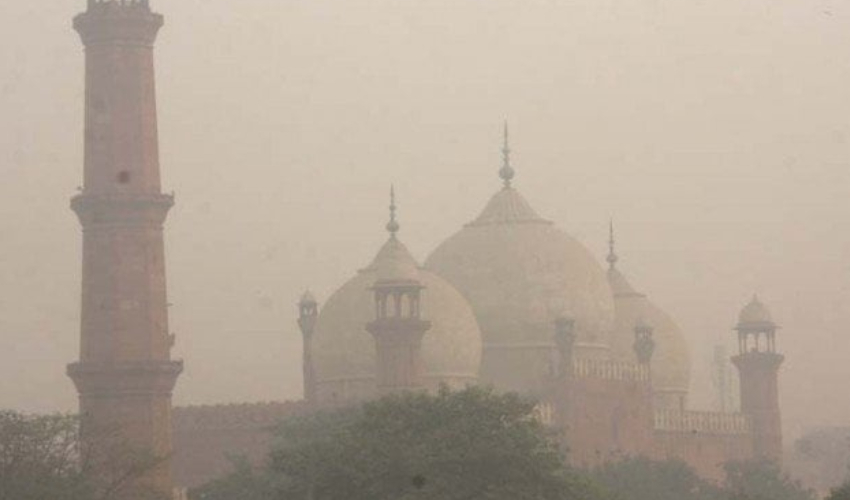Climate

Lahore, the provincial capital of Punjab, is grappling with dangerously high levels of air pollution, as the city's Air Quality Index (AQI) reached a concerning 609 on Tuesday. This alarming figure not only marks Lahore as the most polluted city globally but also poses severe health risks to its 14 million residents. Experts have warned that the AQI could worsen in the coming days, with projections indicating levels could spike between 600 and 700 from November 6 to 8.
The Air Quality Index, a measure of the concentration of pollutants such as particulate matter (PM2.5), carbon monoxide, and sulfur dioxide in the air, reached hazardous levels in several areas of Lahore. The maximum recorded AQI of 609 occurred between 7 a.m. and 8 a.m. on Tuesday. Areas such as Phase 8-DHA (AQI 682) and Pakistan Engineering Services (Pvt) Ltd. (AQI 551) were among the worst affected. The air pollution levels in these neighborhoods were far beyond the safe limit, which is typically considered hazardous when the AQI exceeds 300.
The soaring pollution levels are attributed to a combination of factors, including crop residue burning across the border in India, vehicle emissions, industrial pollution, and stagnant weather conditions that trap pollutants in the atmosphere. Environmental experts have raised concerns over the prolonged exposure to such high levels of air pollution, which is linked to respiratory diseases, heart conditions, and other health complications.
Despite the hazardous air quality, daily life in Lahore has continued as usual. There has been little reduction in traffic, and citizens have largely failed to adhere to the recommended Standard Operating Procedures (SOPs) for air quality management, such as wearing masks or reducing outdoor activities.
In response to the crisis, the National Commission for Human Rights (NCHR) has taken suo motu notice of the situation, calling for immediate action to safeguard public health. NCHR Member (Punjab) Nadeem Ashraf held a hearing on Tuesday, where officials from the Environment Protection and Climate Change Department discussed the gravity of the situation. Ashraf emphasized the urgency of completing scientific studies into the causes of smog, as well as taking immediate steps to curb industrial emissions and control vehicle pollution.
In an effort to address the issue, the provincial government has launched several initiatives. Punjab Senior Minister Marriyum Aurangzeb announced that measures are being implemented to tackle pollution, including demolishing non-compliant brick kilns, spraying water on roads and markets to reduce dust, and deploying environmental officers for monitoring field operations. The government has also issued advisories to the public to wear masks and avoid outdoor activities, especially for vulnerable groups like the elderly, children, and individuals with respiratory conditions.
Furthermore, the Punjab government has reiterated the need to end the practice of crop residue burning, which significantly contributes to the smog in the region. Authorities have warned that artificial rain may be considered if conditions do not improve. Meanwhile, the transport department has been tasked with ensuring stricter enforcement against smoke-emitting vehicles, and the government is exploring ways to expand public transport options to reduce the number of vehicles on the road.
In a positive step, Punjab Police reported that eight cases have been registered, and six individuals were arrested for violating environmental laws over the past 24 hours, signaling a more proactive approach in curbing the sources of air pollution.
As the air quality continues to worsen, the people of Lahore remain in a precarious situation. Health officials are advising residents to minimize outdoor exposure and take preventive health measures, as the full impact of the ongoing pollution crisis may take weeks, if not months, to address.
Conclusion
The dangerous air quality in Lahore has raised alarms about the city's environmental health and the urgent need for systemic changes in air pollution management. The combined efforts of local authorities, environmental experts, and the public will be crucial in combating this crisis. However, it is clear that immediate, decisive action is required to protect the health and well-being of Lahore’s residents.




